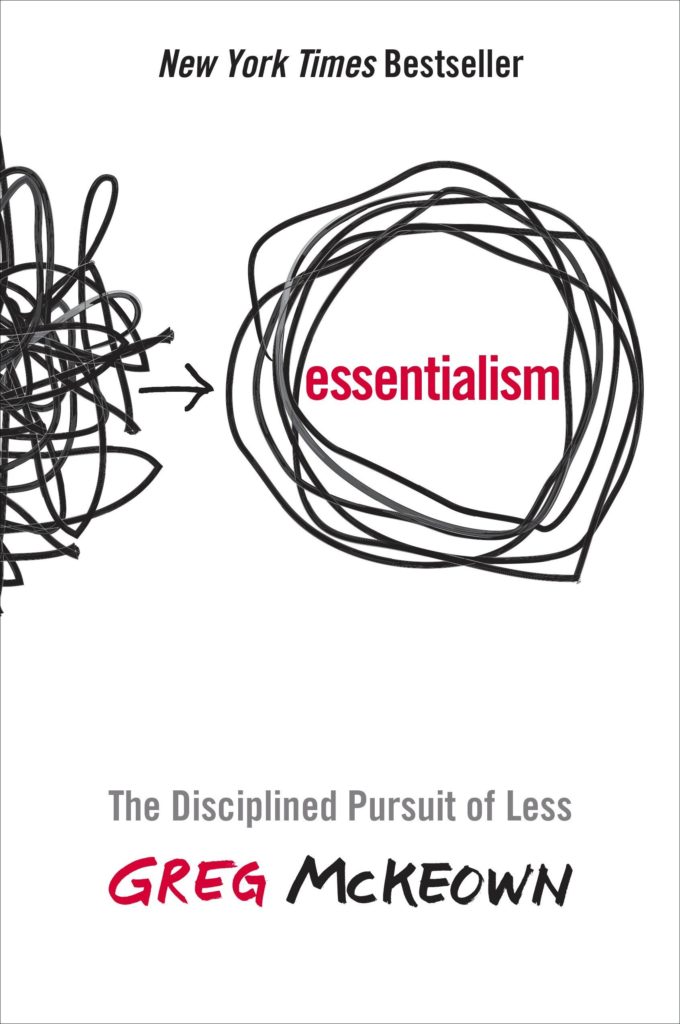The truncated business writing style Smart Brevity® aims to solve problems that plague communications: incoherency, inconsistency, and verbosity.
The goal of Smart Brevity® is simple: tell people what they need to know and why they should care with the option to read further.
In principal, this is great advice. Writers should be more thoughtful of their readers. They shouldn’t burden them with unnecessary details or force them to grok the purpose of a message.
Recognizing the modern need to structure messages for mobile consumption unencumbered by physical limitations of the printed page, this style of truncated communication helps tighten biz speak in digital sales materials, technical guides, emails, announcements, and status reports.
As an offender who writes dense emails and Slack posts, I welcome the KISS reminder from my technical colleagues!
Likewise, I’m skeptical about mandating the Smart Brevity® model across an organization without caveats.
- It risks oversimplification and missing important details.
- It sanitizes communications to something more technical and transactional. Sometimes writers need to communicate fresh ideas and educational material without assuming foundation knowledge like teaching a new concept, relaying historical context, and articulating a strategy with a detailed plan.
- It places an imbalanced burden upon the transmitter to get the message right for an audience they may not know. How can they presume to know the receiver’s acumen and what they need?
- It can come across as abrupt or blunt. Radical candor is not an excuse to be an asshole.
- It fosters siloed communications. Creative people may not speak up out of fear of being tone-policed or accused of violating a nebulous signal-to-noise ratio. They’ll overthink their message without the cultural grace to speak openly if imperfectly.
- It dumbs down communications for executives. Blaming workplace failure on ineffective communication (a stated justification for implementing the model) reveals a manager’s inability to think strategically before acting decisively. If you’re too busy to get to the heart of a matter, especially if your people cannot even see the problem or they struggle to articulate it, you cannot expect your organization to reach peak performance. Even worse, blame-shifting can have catastrophic results. It’s your job to unearth root causes and properly support the necessary fix.
- It’s not universally applicable, and therefore it’s confusing when expressed as a blanket mandate.

Reprinted with permission by the artist Miranda Lawrence.
Buy this print
Axios, the AI company behind Smart Brevity®, claims the model is built by journalists “to prioritize essential news, explain its impact on readers, and deliver both in a concise and visual format.”
I see the parallel between this style and journalism’s generational trend toward clickbait headlines amid social platform word limits. While these formats may currently be the most popular means of news dissemination targeting shorter attention spans, they don’t address the classic liberal notion of sense-making and idea exploration that long-form media delivers.
The pursuit of brevity isn’t the right level of analysis for strategic thinking and compelling storytelling. Creative writing orchestrates words and sentences toward persuasion. How often is the mind moved by the heart? What of the poetic license among great leaders to rally their team to a cause?
Universally applied, the model over-indexes on short-form writing. Even the Smart Brevity® explainer mirrors the cringe tech-bro style mocked on the r/LinkedInLunatics subreddit often characterized by single sentence paragraphs written in a simple shallow style. These posts lack nuance, counterpoint, and analysis to burn strawmen. They drift into the realm of “glurge” when their stories seem fabricated or overly sentimental. They rely on single bullets and distracting emojis 🔥🔥🔥.
For companies mandating Smart Brevity ® – especially distributed teams where tone can be missed in async communications – I advise augmenting this model with a few other tools to avoid the Law of Instrument cognitive bias.
- You have more than a hammer. Not every problem is a nail.
- Focus on substance over style.
- You’re asking people to be a writer and an editor. Barring investment in AI like Axios to serve as the virtual editor, recognize editing for brevity is one of the hardest aspects of writing. Cut your people some slack, especially if they’re contributing to a healthy culture of ownership and craftsmanship.
- Be sure you have an alternate means for deeper freeform reflection and creative expression, e.g. internal blogs, meetups, and structured sync calls above the weekly cadence. Give people space to think out loud, especially on speculative endeavors.
- Be intentional about how you store various types of communication so recipients can control their personal capacity for information flow. For example… Slack is for daily ops and quick syncs (preferably in channels, not DMs). Notion / Figma / Miro / Mural are for idea capture and markup collaboration. Gdrive is for storing artifacts. Internal blogs are for deeper personal and/or team reflections with nested comments. External blogs are for market listening and thought leadership. Email is for external communications only (ideally).
- Where structure is necessary, e.g. CRM, PRM, ERP posts, provide a template that captures what managements wants to see, and measures what is important. Include a field for freeform narratives in the writer’s voice.
- Establish asynchronous communication as a core organizational value. Give people the time they need to consume and respond to messages in their own time without expectation if it’s not urgent.
- Develop your own messaging framework centered around your vision for the market, your mission, and your core values that everyone can orient themselves and reference.
- Embrace diverse personalities and include everyone. Great leaders help people find their voice and speak their mind as matter of individual dignity and for the common good.
For anyone concerned with clarity and cohesion in their writing, I recommend the classic handbook Elements of Style. Professor Strunk & author E.B. White encouraged brevity, active voice, and proper grammar more than 100 years ago.
UPDATE: I came across a delightful New Yorker article, The Dubious Wisdom of Smart Brevity. To wit, the product developer and marketer in me recognizes the model as a slick opinionated vehicle for Axios promotion (and why I made liberal use of ®).
Feature image is from Thomas Griggs on Unsplash


